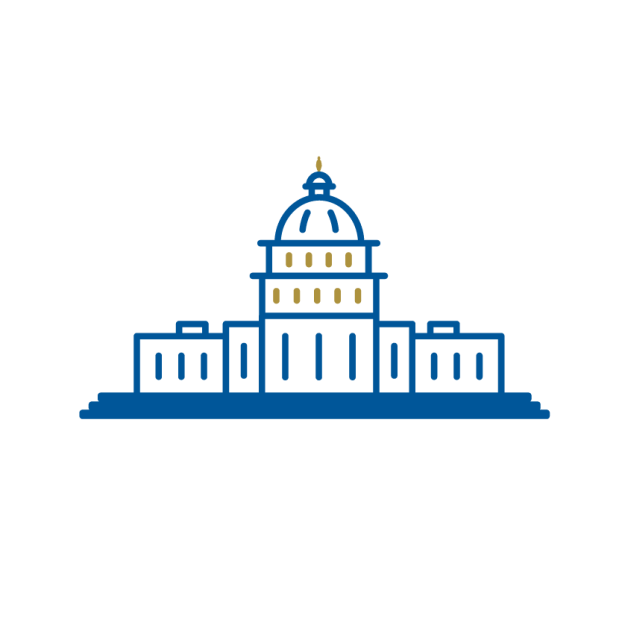 The phases of the federal budgeting and appropriations process
The phases of the federal budgeting and appropriations process
July–February: Executive branch process

Formation of the president's budget
The president's annual budget request is compiled by the White House Office of Management and Budget (OMB) for the upcoming Fiscal Year, which begins on October 1.
Starting in July of the previous calendar year, OMB gives guidance to federal agencies about levels of funding and priorities. Agencies work within those guidelines to structure a budget proposal. OMB makes final decisions about the agencies' proposed budgets.
Submission of the president's budget to Congress
The president submits a detailed budget request to Congress on or around the first Monday in February.
March–June: Legislative process

House and Senate budgets
The House and Senate develop their own budget resolutions to set spending levels, which often deviate from each other as well as from the president's request.
These resolutions are not signed into law.
Appropriations bills
The House and Senate appropriations committees, through their 12 subcommittees, hold hearings to examine the budget requests and needs of federal spending programs.
The House and Senate then produce their own appropriations bills to fund the federal government. These bills are "marked up" (amended as needed) and approved by the appropriations committees.
July–October: Congress finalizes spending levels

Floor consideration
After approval by the appropriations committees, the bills head to the House and Senate floors where they may be further amended and eventually passed.
Most times, the bills passed by House and Senate differ in some significant ways and must be reconciled.
Final passage
Once a final bill has been negotiated between the two chambers, it must then pass the House and Senate and be signed by the president.
If Congress cannot agree on new funding levels before Oct. 1, a continuing resolution is required.
